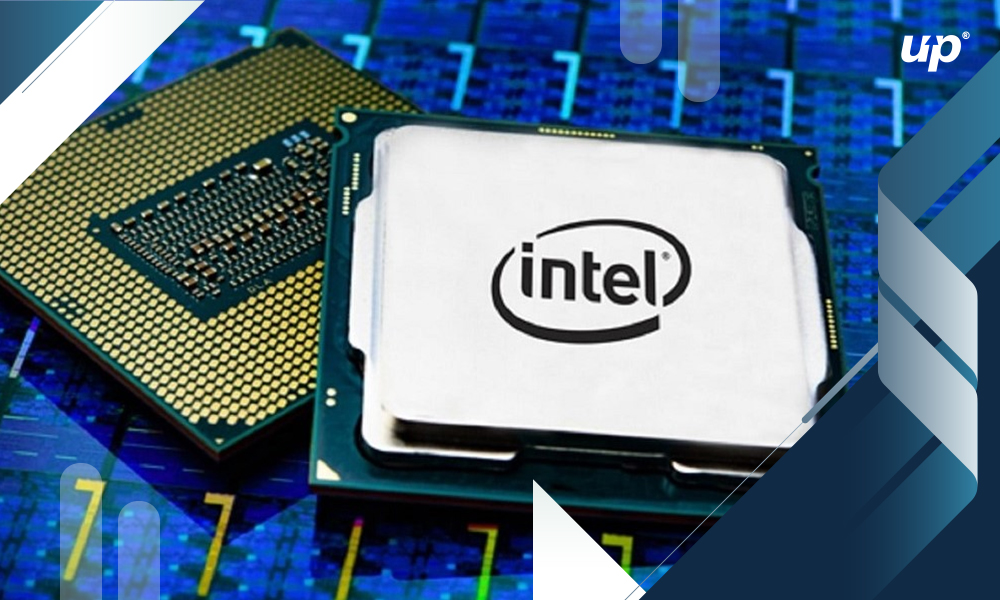Yet again! Cyber attackers are at their work and from the past few years, they have taken a drastic transformation and move ahead with time. They analyze the trends in society and work on building up quick strategies that can help them achieve their malicious intent. Well, same is the case with Intel chips and users cannot expect a fix soon. Recently Intel and a group of expert researchers has revealed the continuation of new security flaws in the older generations of the company’s microchips, the entire news thread came with a threat detail: it almost took more than a year to get a solution for one of the flaws in this place.
According to reports researchers say they have already informed Intel about the vulnerability, which they previously dubbed Zombie Load, in the year 2018, and a fix is not rolled out generally until last month. By evaluation, it was also seen that most of the software companies typically don’t take more than 3 months period to fix a patch or issue in their security system and this is the first time that things are taking this much time. The longer a fault remains unresolved, the greater the chance a black hat hacker will find it and make the most out of it. Intel experts say it couldn’t initially replicate the security break researchers had flagged and so needed more confirmation before taking any step towards this point. However earlier this year, it is finally well-known that there was indeed a susceptibility and a fix is needed as soon as possible.
Gradually, the attacks are getting more creative in monetizing their work, and thus the tension emphasizes the issues of dealing with these hardware flaws. These hardware issues are often far more costly and hard to address than software issues, a single vulnerability window can shortly affect billions of chips in no time. That puts the information from servers in data centers, mobile phones, and computer systems at high risk of being hacked.
Signs of Progress
Normally, when security researchers find a security issue or flaw in the particular software or hardware, they report it directly to the concerned company. The flaw is kept under a veil of secrecy while the business works on a way out so bad guys aren’t aware of its reality. Then, once a solution is ready, the company launches shortly launches a publicity push to get people to know about the security update as quickly as possible. To diminish any loss, chip makers will have to dedicate more time and effort to avoid any issues in new generations of silicon chips and into developing more protected designs for their hardware and software.
To conclude this section we can say that spending on these areas will be throbbing for businesses particularity working in a competitive industry as the cost of security failures is increasing considerably. Well, the company is working towards it and the latest generations of chips coming to market from Intel are no longer susceptible to attacks, gratitude to company experts in the way they work. But there’s always a possibility that new kinds of risks will come out.














